- Home
- Machining techniques
- CNC Machining Services
- Cooperative supply services
- Designs
- Materials
- Finishing Services
- Shop
- Products
- Guide
- About Us
- Contact Us
2022.4.27
CNC machines in some factories are often unstable and faulty, resulting in affected production plans and unstable product quality. They are always in the cycle of “repairing machine tools when they are broken”. The management personnel are indifferent to the operation and maintenance of the equipment and fail to pay attention to the problem from the root. As everyone knows, only the correct operation and maintenance of the equipment can maintain the long-term stability of the machining accuracy of the machine, prevent the abnormal wear of the machine tool, avoid the sudden failure of the machine and prolong the service life of the machine. This matter must be highly valued from the management level of the factory.
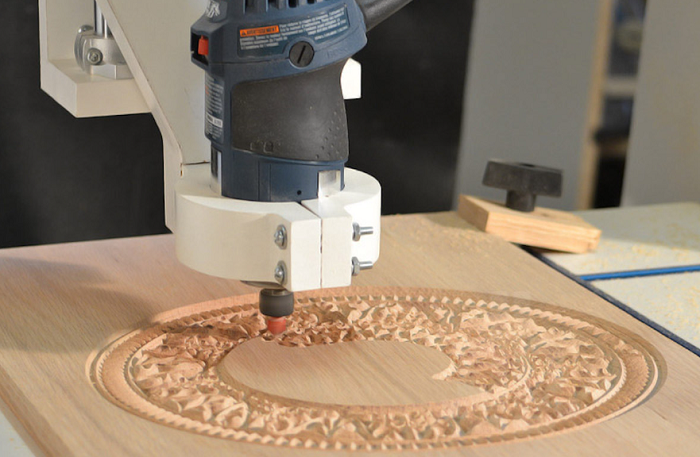
1. Person in charge of maintenance
Specify the requirements of all parties of equipment management in written form. Operators, equipment managers and workshop managers have responsibilities. If any party does not pay attention to it, the work will become a mere formality and cause problems.
1) The operator is responsible for the use, maintenance and basic maintenance of the equipment.
2) Equipment maintenance personnel are responsible for equipment maintenance and necessary maintenance.
3) Workshop managers are responsible for supervising the operators and equipment maintenance of the whole workshop.
2. Be sure to meet the basic requirements for use
1) Numerical control equipment is required to avoid places with humidity, excessive dust and corrosive gas.
2) Avoid direct sunlight and other heat radiation, and keep precision CNC equipment away from equipment with large vibration, such as punch press, forging equipment, etc.
3) The operating temperature of the equipment shall be controlled between 15 ℃ and 35 ℃. The precision machining temperature should be controlled at about 20 degrees, and the temperature fluctuation should be strictly controlled.
4) In order to avoid the influence of large fluctuation range of power supply (greater than plus or minus 10%) and possible instantaneous interference signals, CNC equipment generally adopts special line power supply, and voltage stabilizing device is added, which can reduce the influence of power supply quality and electrical interference.
2. Maintenance of daily machining accuracy
1) After startup, it must be preheated for about 10 minutes before processing. If the machine is not used for a long time, the preheating time shall be extended.
2) Check whether the oil circuit is unblocked.
3) Before shutdown, place the workbench and saddle in the center of the machine.
4) Keep the machine dry and clean.
3. Daily maintenance
1) Clean the dust and iron filings of the machine tool every day: including the machine tool control panel, spindle taper hole, tool carriage, tool head and taper handle, tool arm, tool bin and turret of the tool magazine, XY axis sheet metal shield, flexible hose in CNC machine, tank chain device, chip groove, etc.
2) Check the level of lubricating oil to ensure the lubrication of the CNC machine.
3) Check whether the coolant in the coolant tank is enough and add it in time.
4) Check whether the air pressure is normal.
5) Check whether the air blowing of the inner taper hole of the main shaft is normal, wipe the inner taper hole of the main shaft with a clean cotton cloth and spray with light oil.
6) Clean the tool arm and tool of the magazine, especially the tool claw.
7) Check whether all signal lights and abnormal alarm warning lights are normal.
8) Check whether the oil pressure unit pipe has leakage.
9) Clean the machine tool after daily work.
10) Keep the environment around the machine clean and tidy.
4. Weekly maintenance
1) Clean the air filter screen of heat exchanger, the filter screen of cooling pump and lubricating oil pump.
2) Check whether the tool pull bolt is loose and whether the tool handle is clean.
3) Check whether the three-axis mechanical origin is offset.
4) Check whether the tool changing arm of the magazine or the cutter head of the magazine rotates smoothly.
5) If there is an oil cooler, check the oil-cooled engine oil. If it is lower than the scale mark, please add oil in time.
6) Clean the impurities and moisture in the compressed gas, check the amount of oil in the oil mist separator, check whether the solenoid valves of each circuit work normally, and check the tightness in the pneumatic system, because the quality of the air circuit system directly affects the tool change and lubrication system.
7) Prevent dust and dirt from entering the CNC device. Generally, there will be oil mist, dust and even metal powder in the air of machining workshop. Once they fall on the circuit board or electronic devices in the CNC system, it is easy to reduce the insulation resistance between components and even damage the components and circuit boards.
5. Monthly maintenance
1) Check the lubrication of the shaft track, and the track surface must be well lubricated.
2) Check and clean limit switches and bumps.
3) Check whether the oil in the oil cup of the knife cylinder is sufficient and add it in time if it is insufficient.
4) Check whether the indicator and warning nameplate on the machine are clear and free of defects.
6. Half year maintenance
1) Disassemble the shaft anti chip shield, clean the shaft oil pipe joint, ball guide screw and 3-axis limit switch, and check whether they are normal. Check whether the hard rail scraping blade of each shaft works well.
2) Check whether the servo motor and head of each axis operate normally and whether there is abnormal sound.
3) Replace the oil pressure unit oil and the mechanism oil of the magazine reducer.
4) Test the clearance of each shaft and adjust the compensation amount if necessary.
5) Clean the dust in the electric box (ensure that the machine is turned off).
6) Comprehensively check whether all contacts, connectors, sockets and switches are normal.
7) Check whether all keys are sensitive and normal.
8) Check and adjust the mechanical level.
9) Clean the cutting water tank and replace the cutting fluid.
8. Annual professional maintenance or repair
1) The grounding protection system shall have good continuity to ensure personal safety.
2) Conduct regular inspection on circuit breaker, contactor, single-phase or three-phase arc interrupter and other components. If the wiring is loose and the noise is too loud, find out the cause and eliminate the hidden danger.
3) Ensure that the cooling fan in the electric cabinet operates normally, otherwise it may cause damage to the components.
4) If the fuse is blown and the air switch trips frequently, the cause shall be found out and eliminated in time.
5) Check the vertical accuracy of each axis and adjust the geometric accuracy of the machine tool. Restore or meet the requirements of the machine tool. Because geometric accuracy is the basis of the comprehensive performance of machine tools. For example, the poor perpendicularity of XZ and YZ will affect the coaxiality and symmetry of the processed workpiece, and the poor perpendicularity of the spindle to the table will affect the parallelism of the processed workpiece, etc. Therefore, the recovery of geometric accuracy is the focus of our maintenance.
6) Check the wear and clearance between the motor of each shaft and the screw rod, and check whether the support bearings at both ends of each shaft are damaged. When the coupling or bearing is damaged, it will increase the noise of machine tool operation, affect the transmission accuracy of machine tool, damage the screw cooling seal ring, lead to cutting fluid leakage, and seriously affect the service life of screw rod and spindle.
7) Check the protective cover of each shaft and replace it if necessary. The poor protective cover will directly accelerate the wear of the guide rail. If there is a large deformation, it will not only increase the load of the machine tool, but also cause great damage to the guide rail.
8) The straightening of the screw rod directly affects the machining accuracy of the machine tool due to the deformation of the screw rod caused by some users after the collision of the machine tool or the poor clearance of the plug iron. We first loosen the screw rod to make it in a natural state, and then install the screw rod in accordance with the maintenance procedures to ensure that the screw rod is not subjected to tangential force as much as possible during movement and that the screw rod is also in a natural state during processing.
9) Check and adjust the belt transmission system of the spindle of the machine tool, properly adjust the tightness of the V-belt to prevent the machine tool from slipping or losing rotation during processing, replace the V-belt of the spindle if necessary, and check the oil volume of the belt pressing wheel cylinder for high and low gear conversion of the 1000r / min spindle. If necessary, the lack of oil will cause the failure during low-grade conversion, seriously affect the surface roughness during CNC milling and reduce the cutting torque.
10) Cleaning and adjustment of tool magazine. Adjust the rotation of the tool magazine to make it parallel to the table, replace the snap ring if necessary, adjust the angle of the main shaft directional bridge and the rotation coefficient of the tool magazine, and add lubricating grease at all moving parts.
11) Prevent the system from overheating: check whether each cooling fan on the CNC cabinet works normally. Check whether the air duct filter is blocked. If the dust on the filter screen accumulates too much and is not cleaned in time, the temperature in the numerical control cabinet will be too high.
12) Regular maintenance of the input / output device of the CNC system: check whether the transmission signal line of the machine tool is damaged, whether the screws and nuts of the interface and connector are loose and fall off, whether the network cable is inserted stably, and whether the router is cleaned and maintained.
13) Regular inspection and replacement of DC motor brushes: excessive wear of DC motor brushes will affect the performance of the motor and even cause motor damage. Therefore, the motor brush shall be inspected and replaced regularly. CNC lathes, CNC milling machines, machining centers, etc. shall be inspected once a year.
14) Regularly check and replace the storage battery: generally, the CMOS RAM memory device in the CNC system is equipped with a rechargeable battery maintenance circuit to ensure that the content of the memory can be maintained during the power failure of the system. In general, even if it has not failed, it should be replaced once a year to ensure the normal operation of the system. The battery shall be replaced under the power supply state of the CNC system to prevent the loss of information in RAM during replacement.
15) Clean the electrical components in the control cabinet, check and fasten the fastening state of the wiring terminals. Clean and clean the CNC system control module, circuit board, fan, air filter screen, heat dissipation device, etc. Clean the internal components of the operation panel, circuit board and fan, and check the fastening status of connectors.
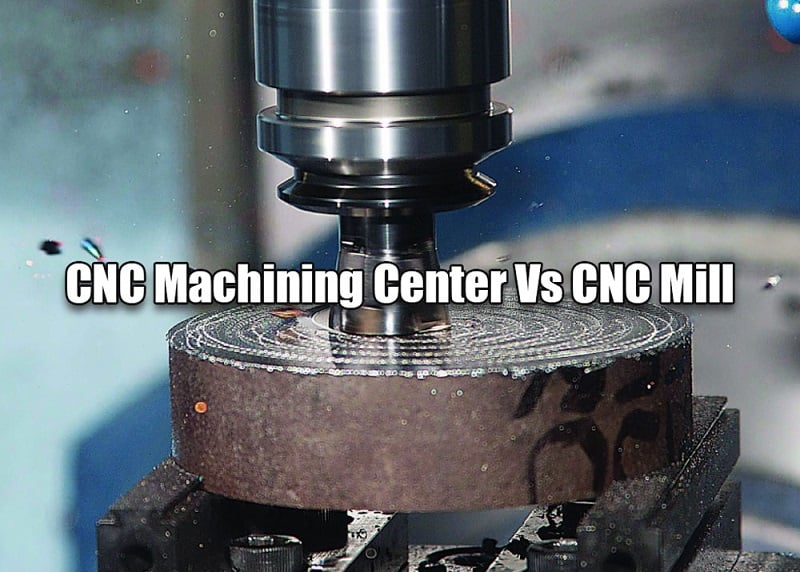 CNC Machining Center Vs CNC Mill – Difference Between Machining Center And Milling Machine In Programming
CNC Machining Center Vs CNC Mill – Difference Between Machining Center And Milling Machine In Programming
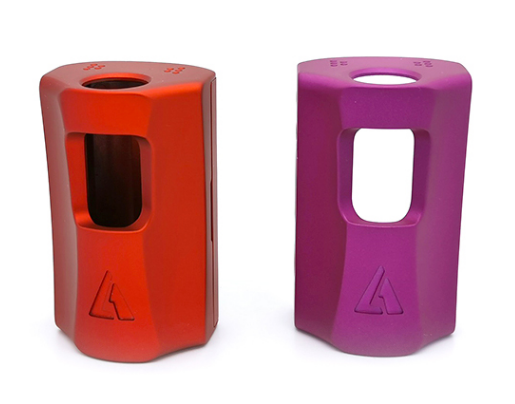 How To Deal With Failures Of CNC Machine | CNCLATHING
How To Deal With Failures Of CNC Machine | CNCLATHING
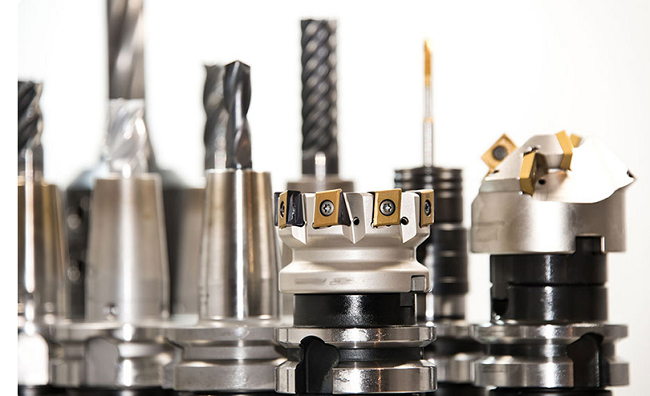 Top 12 CNC Machining & Programming Experiences | CNCLATHING
Top 12 CNC Machining & Programming Experiences | CNCLATHING
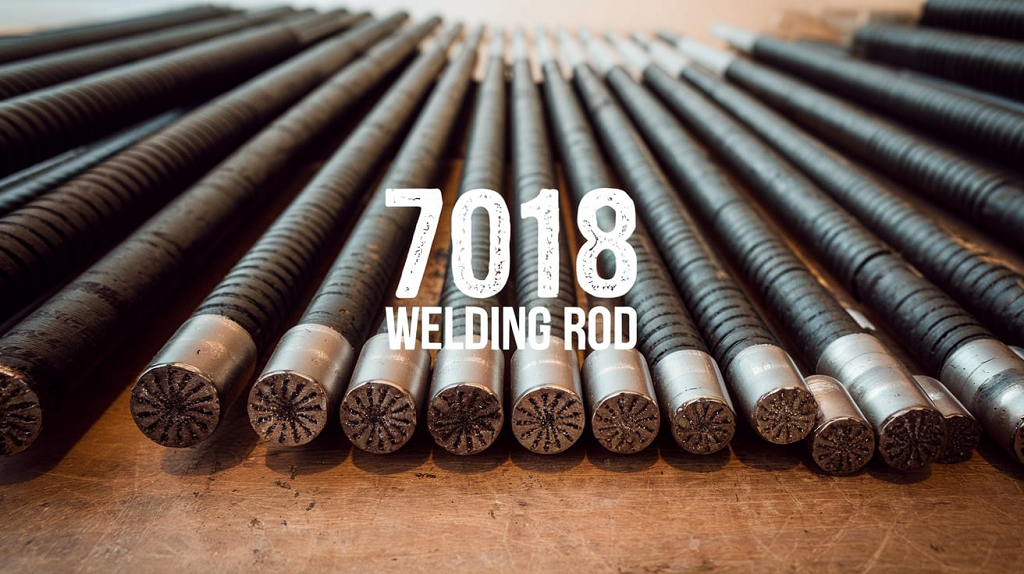 7018 Welding Rod Specifications: Properties, Amperage (Sizes) Chart, Uses, 7014 vs 7018 Electrodes
7018 Welding Rod Specifications: Properties, Amperage (Sizes) Chart, Uses, 7014 vs 7018 Electrodes
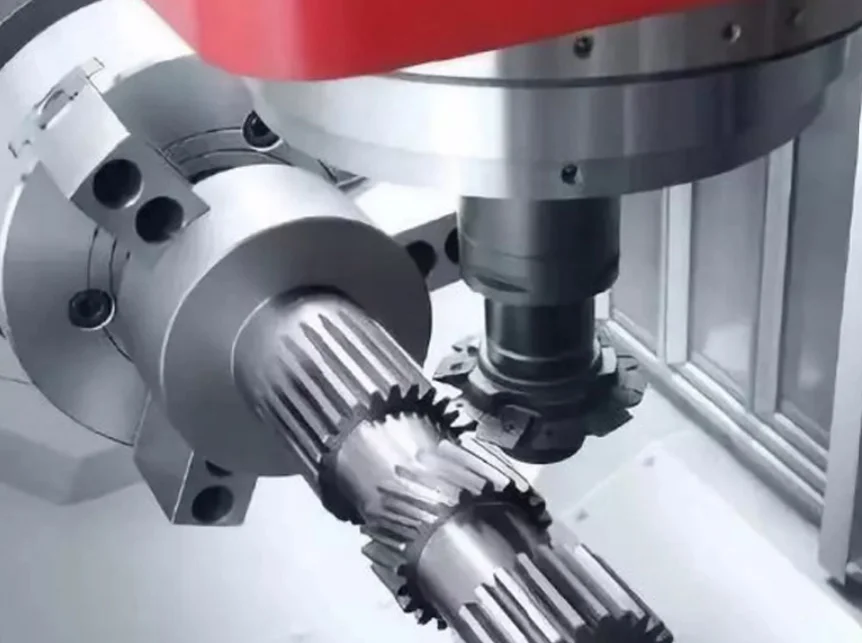 Maintenance Of Turning Milling Compound CNC Machine Tool
Maintenance Of Turning Milling Compound CNC Machine Tool
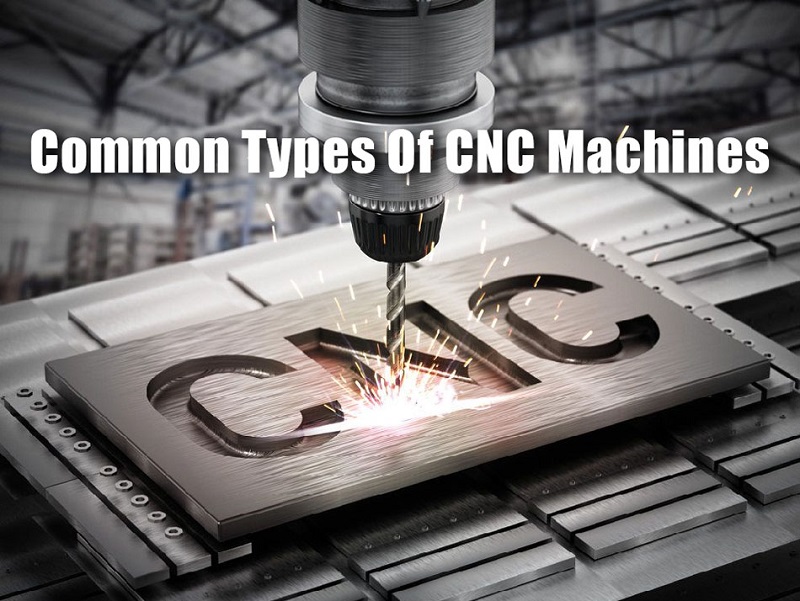 7 Different Types Of CNC Machines – CNC Lathe, CNC Milling Machine & More | CNCLATHING
7 Different Types Of CNC Machines – CNC Lathe, CNC Milling Machine & More | CNCLATHING
